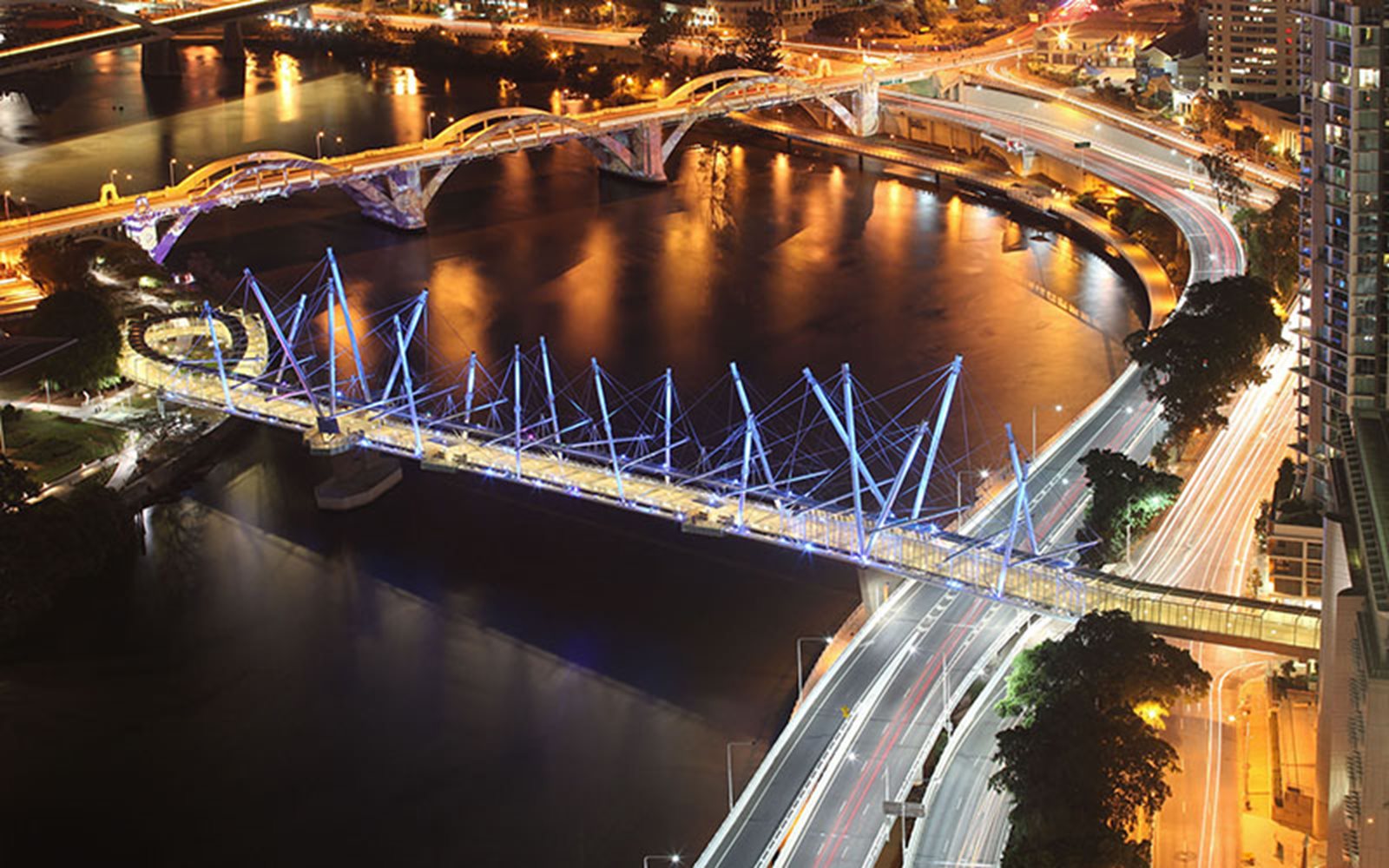

The use of steel for pedestrian bridges has increased dramatically, driven in part by the architectural flexibility to create extraordinary structures. These bridges can provide both pedestrians and cyclists with amenity and, at the same time, create awe-inspiring ‘structural sculptures’.
Pedestrian bridges utilising structural steel can span significant distances and be constructed with minimum disruption to often highly congested and busy public spaces.
In addition to the usual advantages offered by the use of steel in bridges, steel's application in pedestrian bridges presents some unique additional benefits:
Lightweight construction: allows steel to span further and, importantly, facilitates structures that structurally ‘push the envelope’ in terms of balancing forces, with cantilevers, extreme eccentricity and curved members
.jpg?variant=HalfWidth)
Flexibility: facilitates designs to easily meet highly varying forces – and with optimised weight
Constructability: lightweight yet stiff, steel can allow complete sections of primary structure to be assembled adjacent to the final position and craned into place overnight, minimising disruption to busy thoroughfares. Prefabrication and portability have allowed significant spans to open up stunning walking trails in sensitive national park settings.